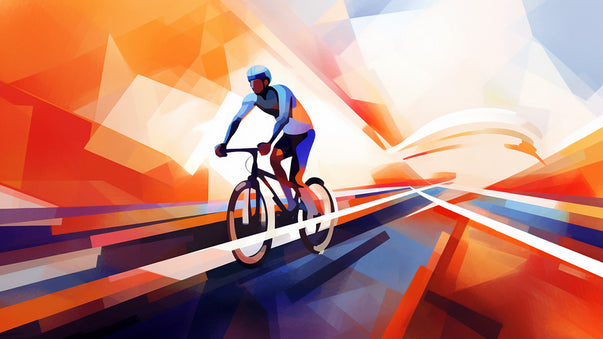Delayed Aging and Exoskeletons for Human Enhancement

Welcome to the latest roundup of human enhancement news. We're sharing exciting breakthroughs in artificial intelligence, robotics, and longevity research that could significantly impact how we live, work, and age, lending support to the vision of a world that transcends current notions of aging and mortality.
Starting on a high note, recent research has focused on leveraging deep learning algorithms to accurately classify P300 signals, neurological biomarkers important in studying cognitive functions in neurological disorders. Although classical machine learning methods have proven effective, deep learning methods promise more generalizability and less need for subject-specific training in clinical settings.
In another exploration into delaying aging, a study has found that the gene OXR1 could play a vital role in maintaining brain health and longevity under dietary restriction, highlighting its potential use in age-relayed neurological disease treatments.
Shifting gears from delaying aging to enhancing lifespan, another study has shown how the natural compound icariin can enhance health and extend lifespan by inducing a hormetic response, namely, a beneficial response to mild stress.
In the field of robotics, researchers strive to improve the wearability of orthoses, devices that augment movement, by minimizing human-robot interface misalignments. They have developed three different designs of ankle-foot orthoses, and trials showed that a frontal shin guard design resulted in reduced misalignment and pressure at the human-robot interface, along with improved comfort and slight changes in walking motions.
Mapping this development to the realm of brain-computer interfaces (BCIs), a prototype wearable brain-controlled robot, Spot, was successfully developed to provide assistance in daily tasks such as fetching water, demonstrating the potential of BCIs in creating personal robotic assistants.
Moving towards limb prosthetics, the LIBRA NeuroLimb is a significant leap forward. This prosthesis for transhumeral amputations combines signals from electromyography and electroencephalography for real-time control, and initial tests indicate potential improvements in daily activities for users.
Last but not least, an experimental study compared the efficiency of fully passive, fully active, and active-passive shoulder exoskeletons for lifting tasks. The results showed that active-passive exoskeletons significantly improved users' stamina during lifting tasks and suggested the need for more development to make wearables better fitting for women.
In summary, researchers continue to make groundbreaking strides in the fields of artificial intelligence, robotics, and longevity research, laying the foundations for a future where human enhancement is more than science fiction. Their work brings us closer to a world where aging and mortality as we know it may become obsolete, and superhuman vitality and intelligence become the norm.
More Articles
Don't miss a beat! In our Pulse Newsletter, Thrivous curates the most important news on health science and human enhancement, so you can stay informed without wasting time on hype and trivia. It's part of the free Thrivous newsletter. Subscribe now to receive email about human enhancement, nootropics, and geroprotectors, as well as company news and deals.
Read more articles at Thrivous, the human enhancement company. You can browse recent articles in Thrivous Views. See other Pulse Newsletter articles. Or check out an article below.
-
Optimal Caffeine Dosage for CrossFit
Caffeine is more than just a morning wake-up call. For athletes, especially in high-intensity sports like CrossFit, it's a proven ...
-
Enhance Cycling Performance with Anthocyanin
Sport and exercise nutrition is evolving rapidly, with fruit-derived polyphenol supplements emerging as a key area of interest. Among these, ...


